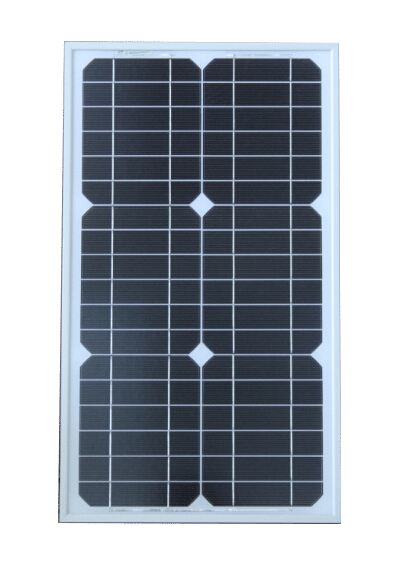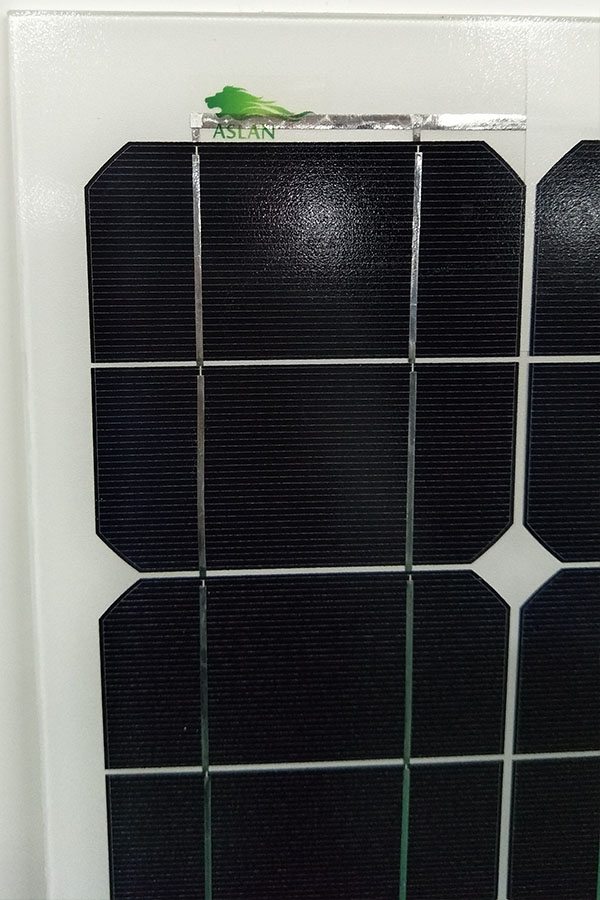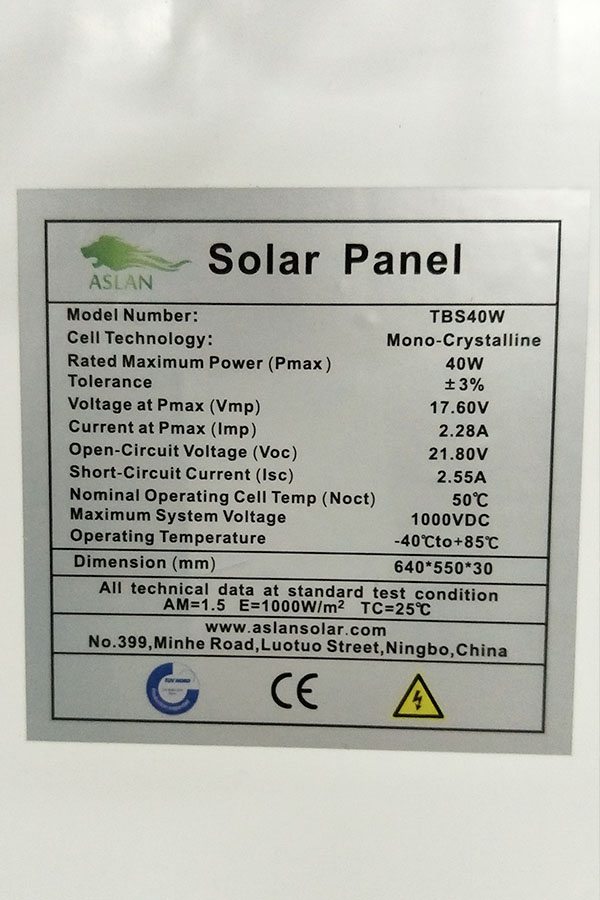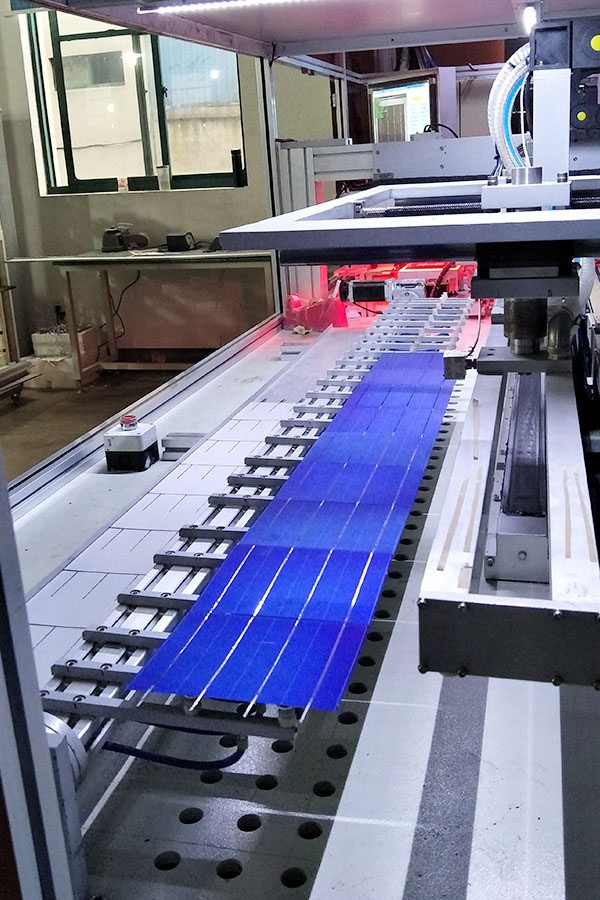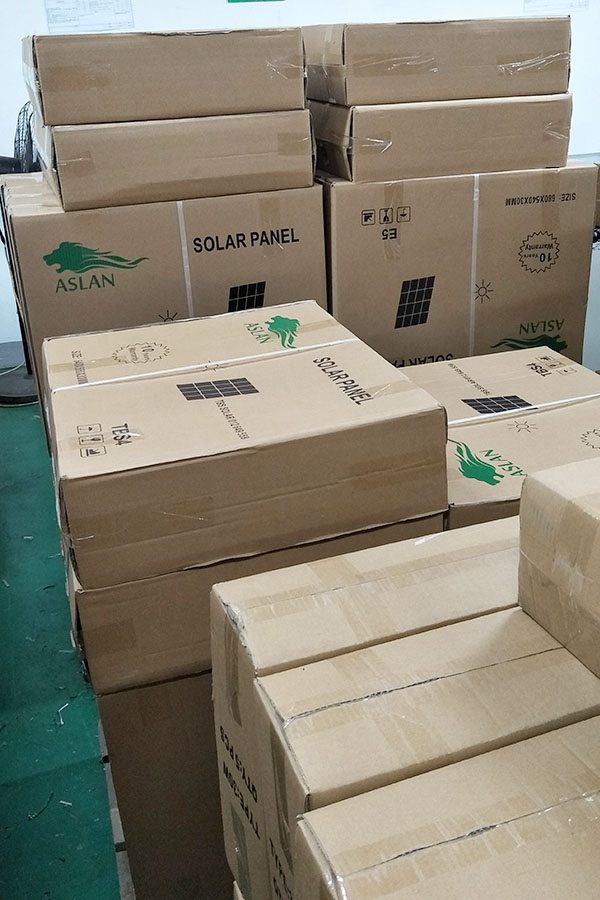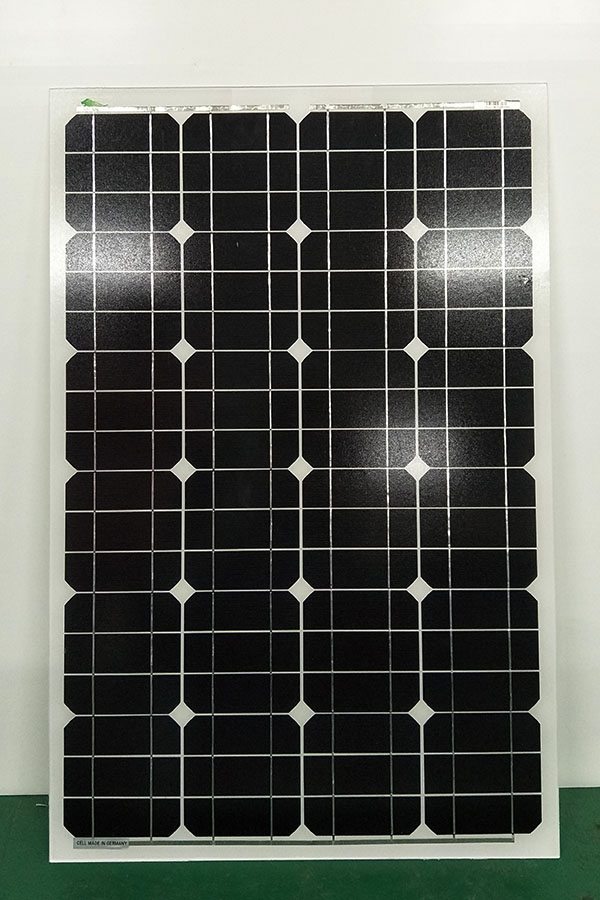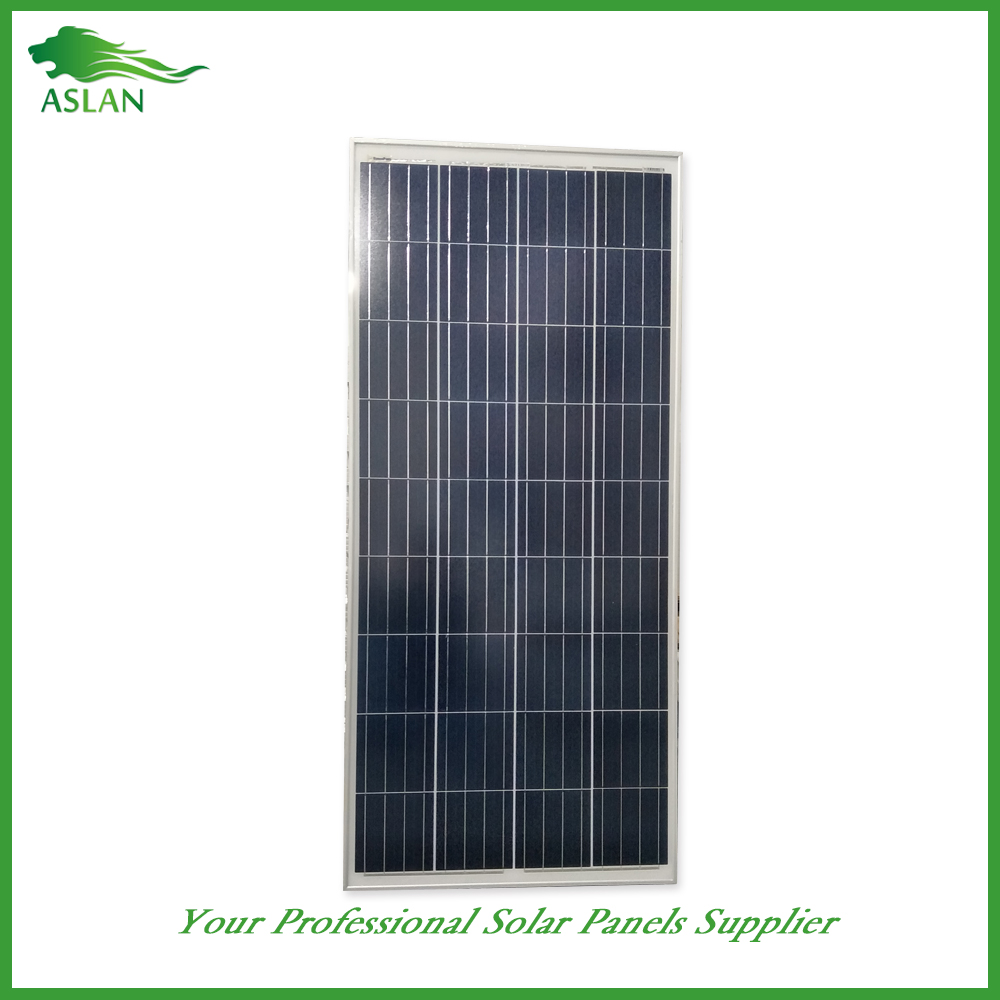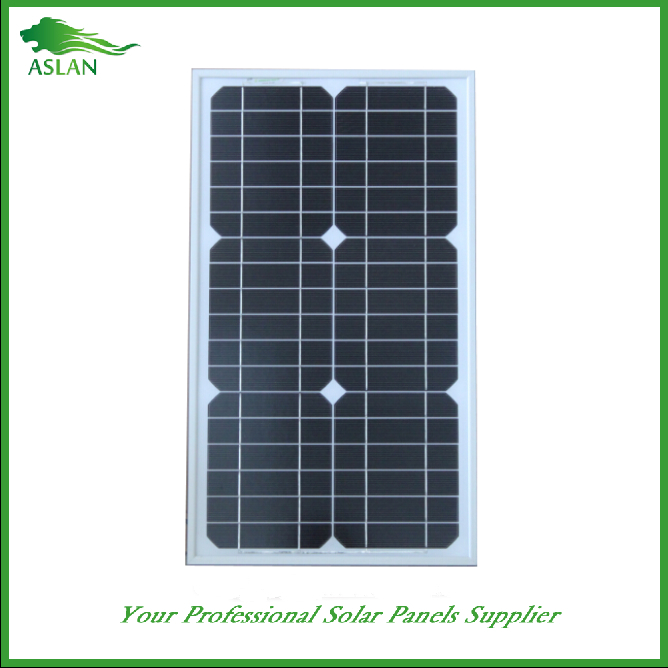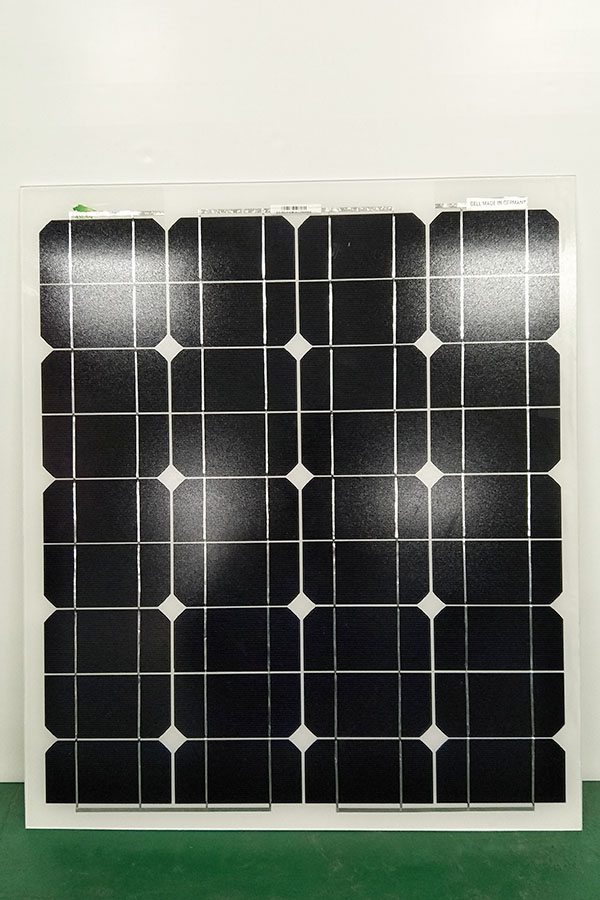Factory directly provide Mono-Crystalline 30W Solar Panel Factory from Singapore
Short Description:
We have a professional, efficiency team to provide quality service for our customer. We always follow the tenet of customer-oriented, details-focused for Factory directly provide Mono-Crystalline 30W Solar Panel Factory from Singapore, With superb service and quality, and an enterprise of foreign trade featuring validity and competitiveness, that will be trusted and welcomed by its clients and creates happiness to its employees.
Mono-Crystalline 30W Solar Panel
Technical parameter
Maximum Power(W) 30W
Optimum Power Voltage(Vmp) 17.66V
Optimum Operating Current(Imp) 1.71A
Open Circuit Voltage(Voc) 21.39V
Short Circuit Current(Isc) 1.88A
Mechanical Characteristics
Cell Type Mono-crystalline 125×41.6mm
No of Cell 36 (4x9pcs)
Dimensions 449x554x25mm
Weight 2.8Kg
Front Glass 3.5mm,High Transmission, Low Iron,Tempered Glass
Junction box IP65 Rated
Output Cable TUV 1×4.0mm2/UL12AWG,Length:900mm
Temperature and Coefficients
Operating Temperature(°C): -40°C ~ + 85°C
Maximum System Voltage: 600V(UL)/1000V(IEC) DC
Maximum Rated Current Series: 15A
Temperature Coefficients of Pmax: -0.47%
Temperature Coefficients of Voc: -0.389%
Temperature Coefficients of Isc: 0.057%
Nominal Operationg Cell Temperature (NOCT): 47+/-2°C
Materials of solar panel
1).Solar Cell——Mono-crystalline solar cell 125*41.6mm
2).Front Glass——-3.2mm, high transmission, low iron, tempered glass
3).EVA——-excellent anti-aging EVA
4).TPT——-TPT hot seal made of flame resistance
5).Frame——anodized aluminum profile
6).Junction Box——-IP65 rated, high quality, with diode protection
Superiority: high quality anodized aluminum frame, high efficiency long life, easy installation, strong wind resistance, strong hail resistance.
Features
1. High cell efficiency with quality silicon materials for long term output stability
2. Strictly quality control ensure the stability and reliability, totally 23 QC procedures
3. High transmittance low iron tempered glass with enhanced stiffness and impact resistance
4. Both Poly-crystalline and Mono-crystalline
5. Excellent performance in harsh weather
6. Outstanding electrical performance under high temperature and low irradiance
Quality assurance testing
Thermal cycling test
Thermal shock test
Thermal/Freezing and high humidity cycling test
Electrical isolation test
Hail impact test
Mechanical, wind and twist loading test
Salt mist test
Light and water-exposure test
Moist carbon dioxide/sulphur dioxide
How to build solar panels
Solar panels use a technology called Photovoltaic (PV) power systems; this is a complete source of electricity that uses solar cells to convert the sun’s rays directly into electricity. To find out how to build solar panels you have to first understand how its system and its components work. I recommend that you read a few books on solar energy and photovoltaic technology.
To find out how to build solar panels you will first need to purchase some solar cells. A solar cell can be cut into the desired size and connected in series with other solar cells that are of a similar size. These cells are packaged with other materials that you will need to protect the cells so that your solar panel can withstand harsh conditions and will still be efficient. For this project buy cells that produce 0.5 volts (V), 3 amps (A) direct current (DC).
You can actually buy a pre-made panel from your local hardware store. All you need to do is tell the customer service sales person what size your cells are, and how big you want your solar panel to be. I recommend that because your cells produce 0.5 volts you should make a panel with 36 cells. Many people ask the customer service assistant how to build solar panels and they respond with “just buy the cells and the pre-made shallow box’’.
The sales assistant will give you the option of either having a glass or pexiglass front – choose the pexiglass because glass is too fragile (and especially since this is your first solar panel project). Now you have the structure of the panel that you have bought from the hardware store, it is time for you to put the solar cells in the solar panel. Draw a grid pattern on the solar panel to see where you are going to put the cells. Then lay them out on your penciled in grid upside down, and solder them on in a series. Next glue the cells in place on the solar panel (only glue the cells in the centre of the cell this is very important).
After you have found out how to build solar panels you are probably wondering where you can actually use them to generate energy from the sun. There are tons of places – these places include on top of your garage, on top of your boat, at your holiday home, at your domestic home, and as a form of garden lighting the possibilities are endless and you will be so pleased that you have built something that can be used for so many purposes.
Many people actually give up on finding the answer to the question how to build solar panels, because after days of tireless searching on the Internet you can never find an answer. This is often very frustrating because you can find the answer to every other possible question. However, there are some really good books (ebooks) that you can buy that give you step-by-step instructions on how to build solar panels. Before you purchase such a book read the reviews and if there are a number of reviews for that book, you should buy it yourself because you never know it could be really good and filled with lots of great information. Remember you always have a 60-day money back guarantee with such products if you are not satisfied.
SHARE, LIKE & SUBSCRIBE FOR MORE FREE STUFF
*****************************************************
Garden Lantern on a Solar Battery. Operation Principle The stand-alone street lights that work off of solar batteries are now becoming increasingly popular for garden applications. Small decorative lanterns can be installed virtually anywhere. Besides they not only serve as a a source of light, but also offer an elegant decoration of the countryside landscape. There exist several ways of recovering free energy from the generous nature, and one of them is the solar activity. Now let’s get to the essence of this. A garden lantern is an environmentally friendly and safe product. But how does it really work. Light is generated by the solar energy through the solar battery and a built-in accumulator battery. The solar cell converts the solar energy into electricity in order to charge the built-in accumulator battery, which is used to power the built-in LED or groups of LEDs at night time. Now, let’s look at how a garden lantern is built. The solar panel is located in the upper part of the structure, i.e. over the cap. Normally such devices, especially of Chinese origin, are fitted with inexpensive thin-film components that are resistant to water. They are glued onto the transparent plastic from the back side. And it is that plastic that is in fact vulnerable to water, dust and grease, which eventually leads to weaker transmission of the solar radiation. And now look at all the details of the structure. The inside of the lantern holds a boost voltage inverter with a circuit assembled using the standard Chinese technology. We need this inverter for operation of normally one diode that is most of the times white, but could be a bright one too. Power is supplied with the help of a battery often with small capacitance. It has its own standard slot, which makes it easy to replace. The assembly is done using a wire with an ultrathin inside dimension. At the time of long and tiring operation the wire can sometimes break under its own weight at the base of the circuit board. The entire structure is enclosed in a sealed case, so that the rain wouldn’t effect the device’s operation. But water can always find a little hole – after all the structure can be easily disassembled, which means that it is not so leakproof to begin with. The consequences are quite obvious: Oxide on components, conductor breaks, cloudiness of the plastic panel. In conclusion, we can say that: A garden lantern on a solar …
